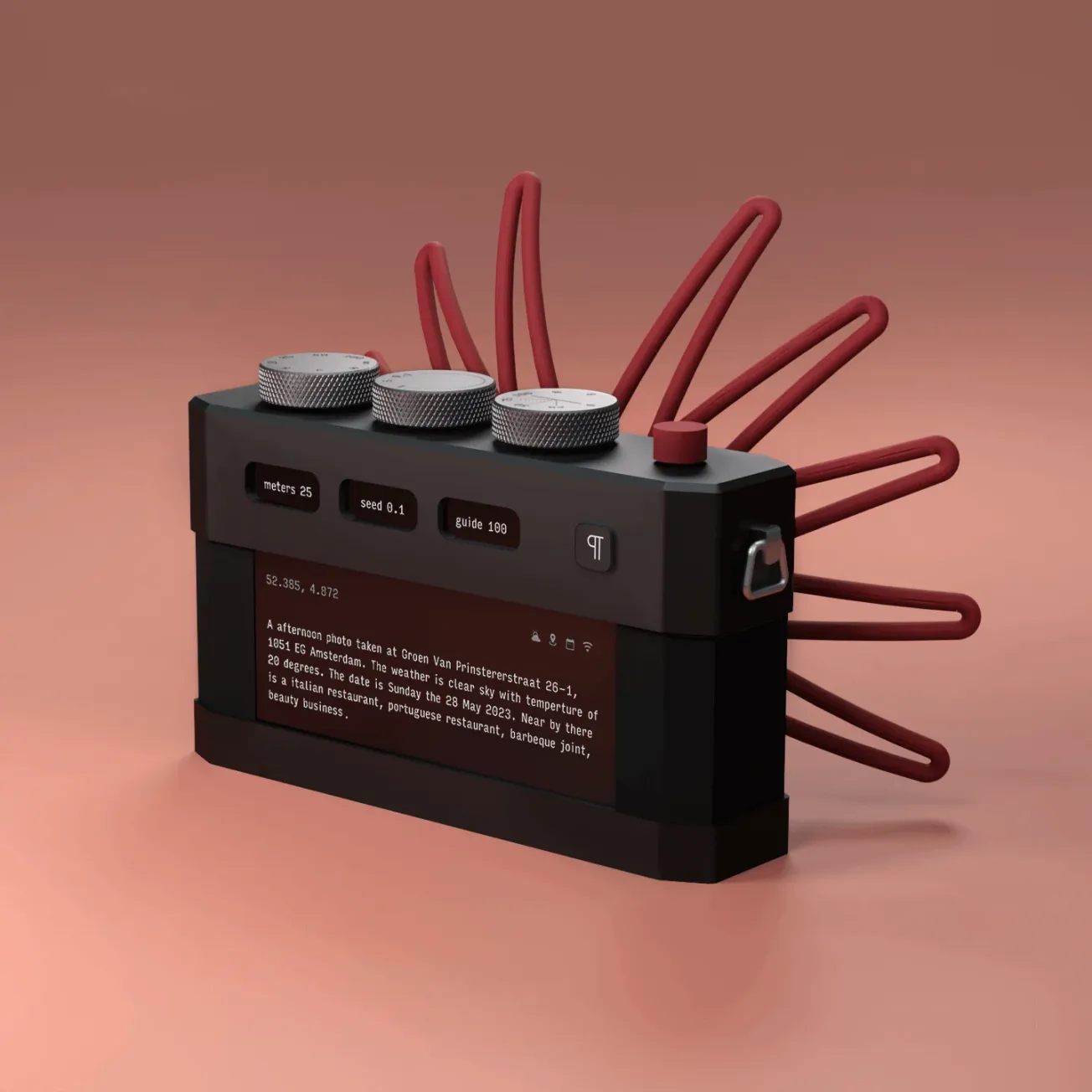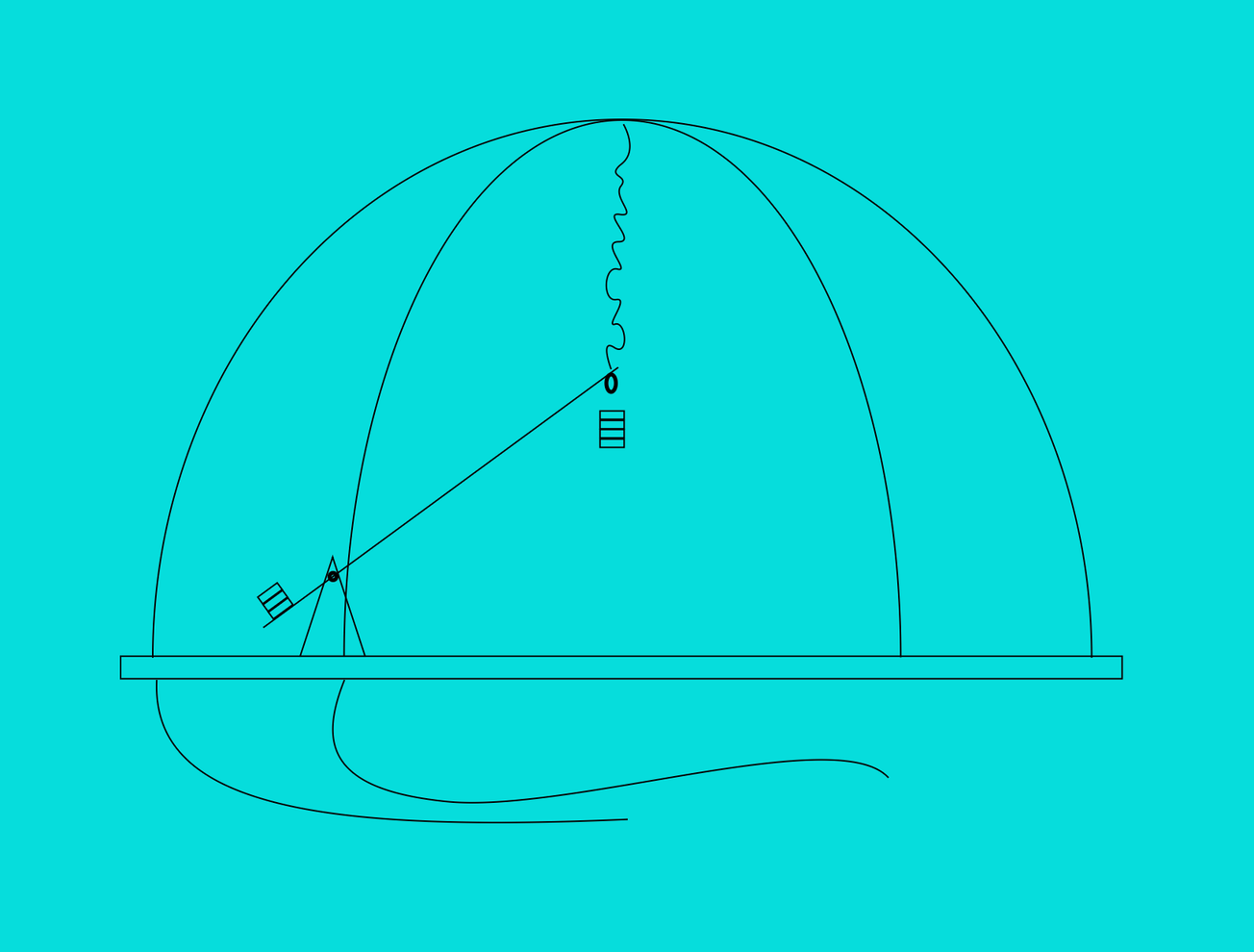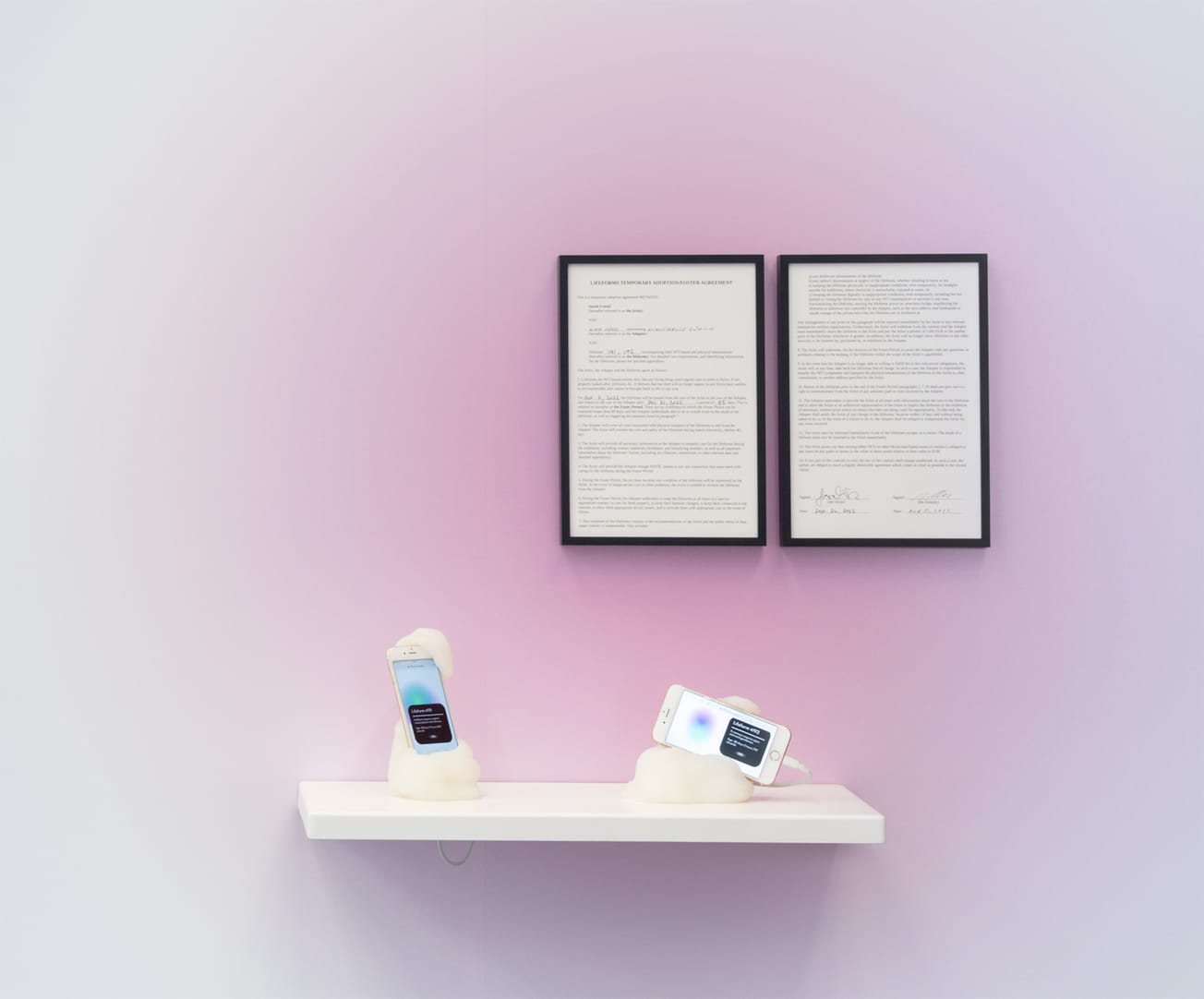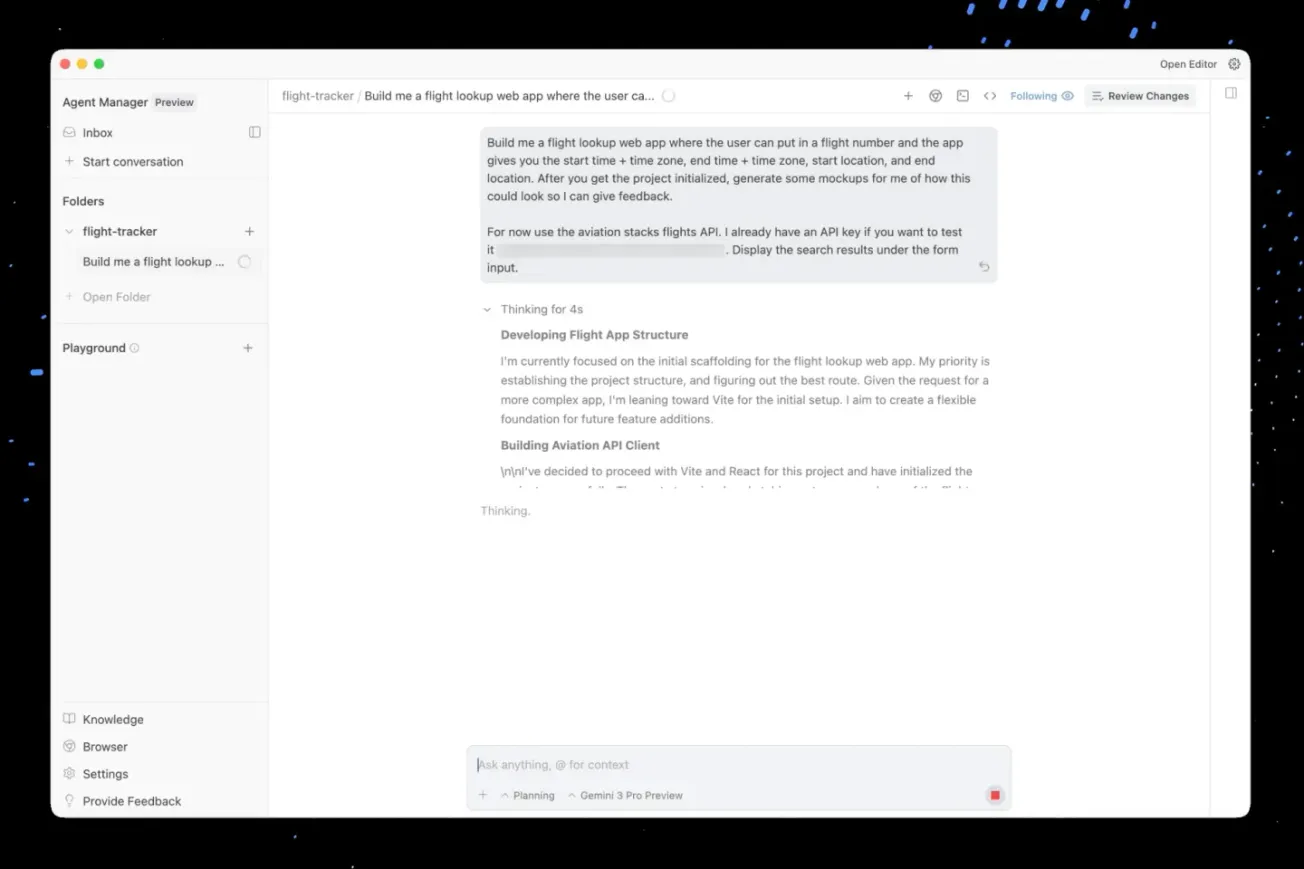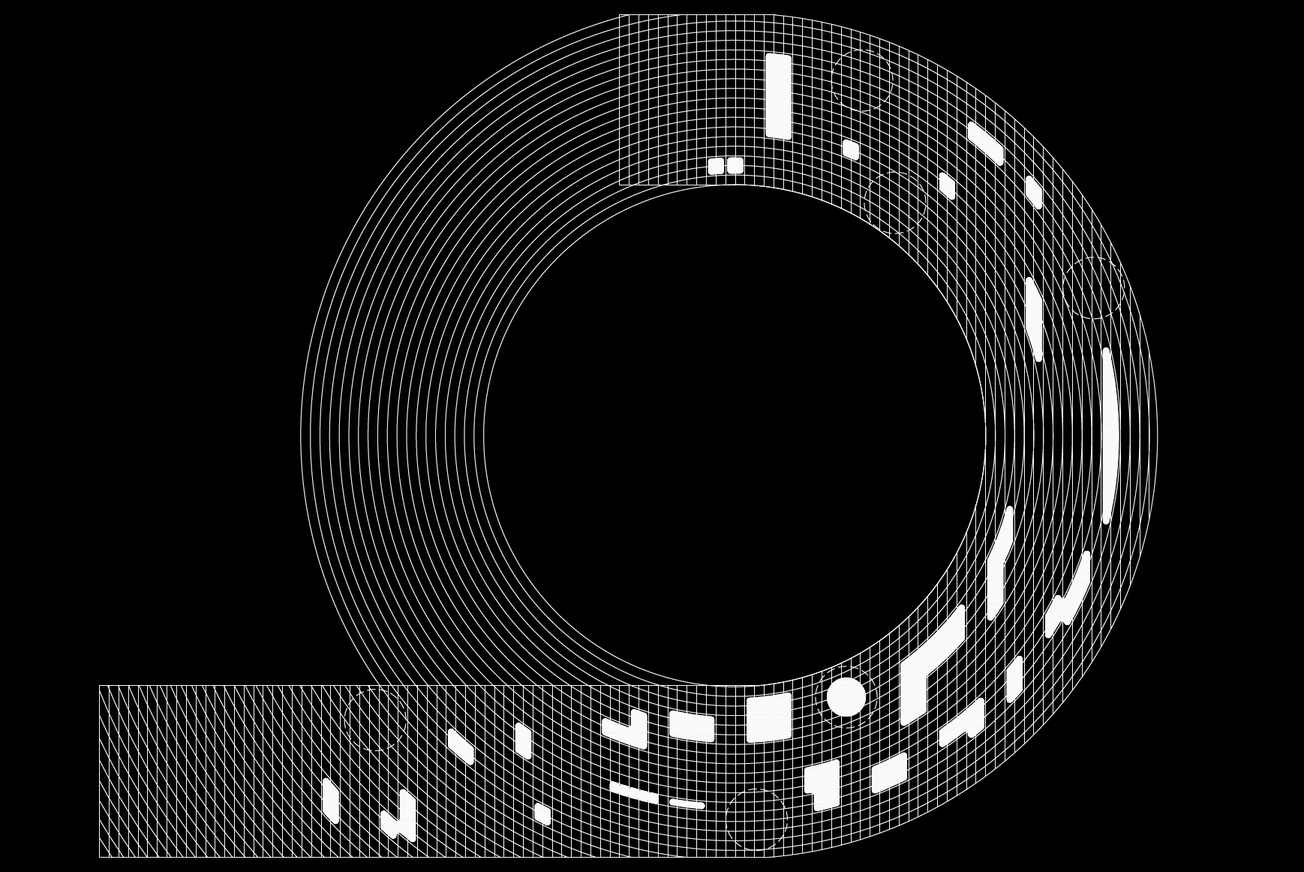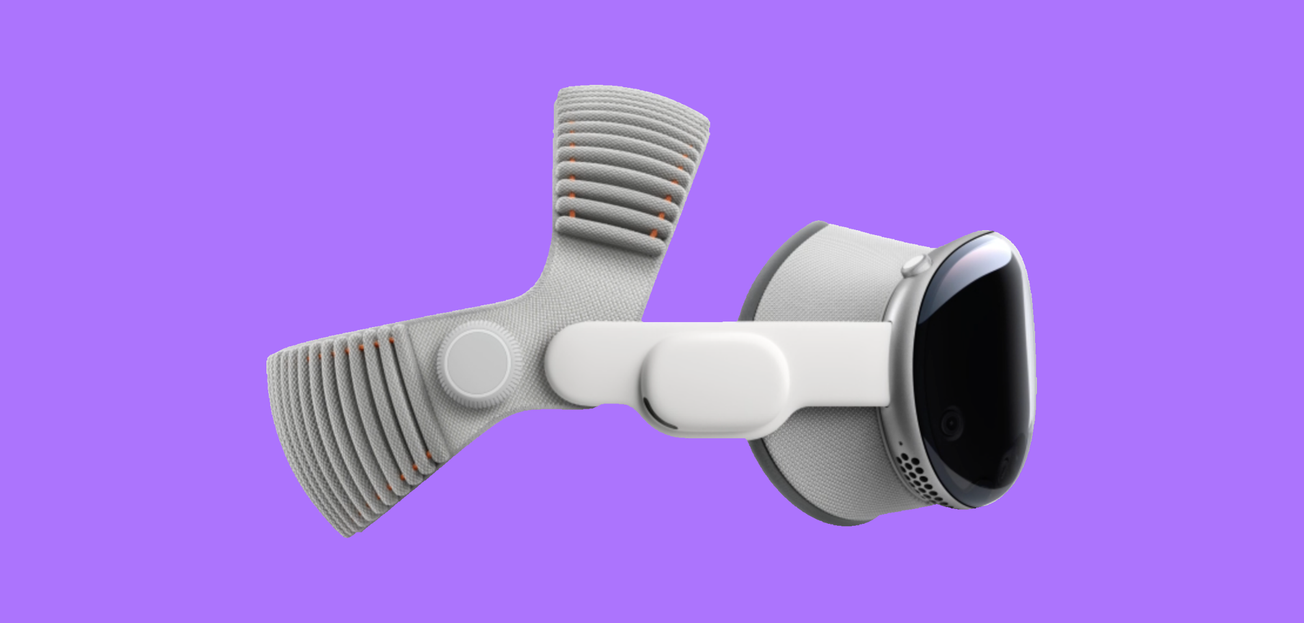The MIT Museum’s exhibition AI: Mind the Gap offers an interactive and critical look at the promises, risks, and misconceptions surrounding artificial intelligence. Drawing on MIT’s long‑standing leadership in AI research, the exhibition examines the contrast between machine learning capabilities and human intelligence, encouraging visitors to explore where artificial systems excel, where they fall short, and how they shape culture, design, and ethics.
Context and Scope
AI: Mind the Gap is on view at the MIT Museum in Kendall Square, Cambridge, a facility designed to showcase cutting‑edge research and interactive public exhibitions. The exhibition is set within a spiral gallery system created by Studio Joseph, with media design by Bluecadet and a distinctive graphic identity by Pentagram. The MIT Museum opened this 56,000‑square‑foot building in October 2022, underscoring the Institute’s commitment to public engagement in science, technology, and design. AI: Mind the Gap is part of a suite of thematically distinct galleries—including Essential MIT and Gene Cultures—together featuring more than 25,000 square feet of graphic panels, custom infographics, and interactive labels that support hands‑on learning and critical exploration.
Conceptual Framework
At the heart of the exhibition is an exploration of how historical and contemporary AI work—from Shannon and Papert to modern neural networks—resituates our understanding of machine versus human thought. The gallery’s framing statement summarizes: “the more we advance artificial intelligence and machine learning technology, the more we need to mind the gap” between them.
Key Interactive Installations
Two core interactive technologies developed by Bluecadet invite visitors into creative participation. Black Box allows users to draw human faces with varied expressions, which a custom-trained neural network—built on 7,000 labeled drawings collected from the MIT community—interprets and transforms into a layered holographic visualization, revealing the network’s inference process in real time. In Collaborative Poetry, a moderated GPT‑3 interface enables visitors to co-author poems with AI, offering prompts and titles before displaying each completed work on an overhead canvas as part of a collective tapestry of human–AI collaboration. Both installations are designed to balance transparency, engagement, and ethical safeguards: Black Box makes visible the inner workings of the model, while Collaborative Poetry includes measures to prevent inappropriate content.
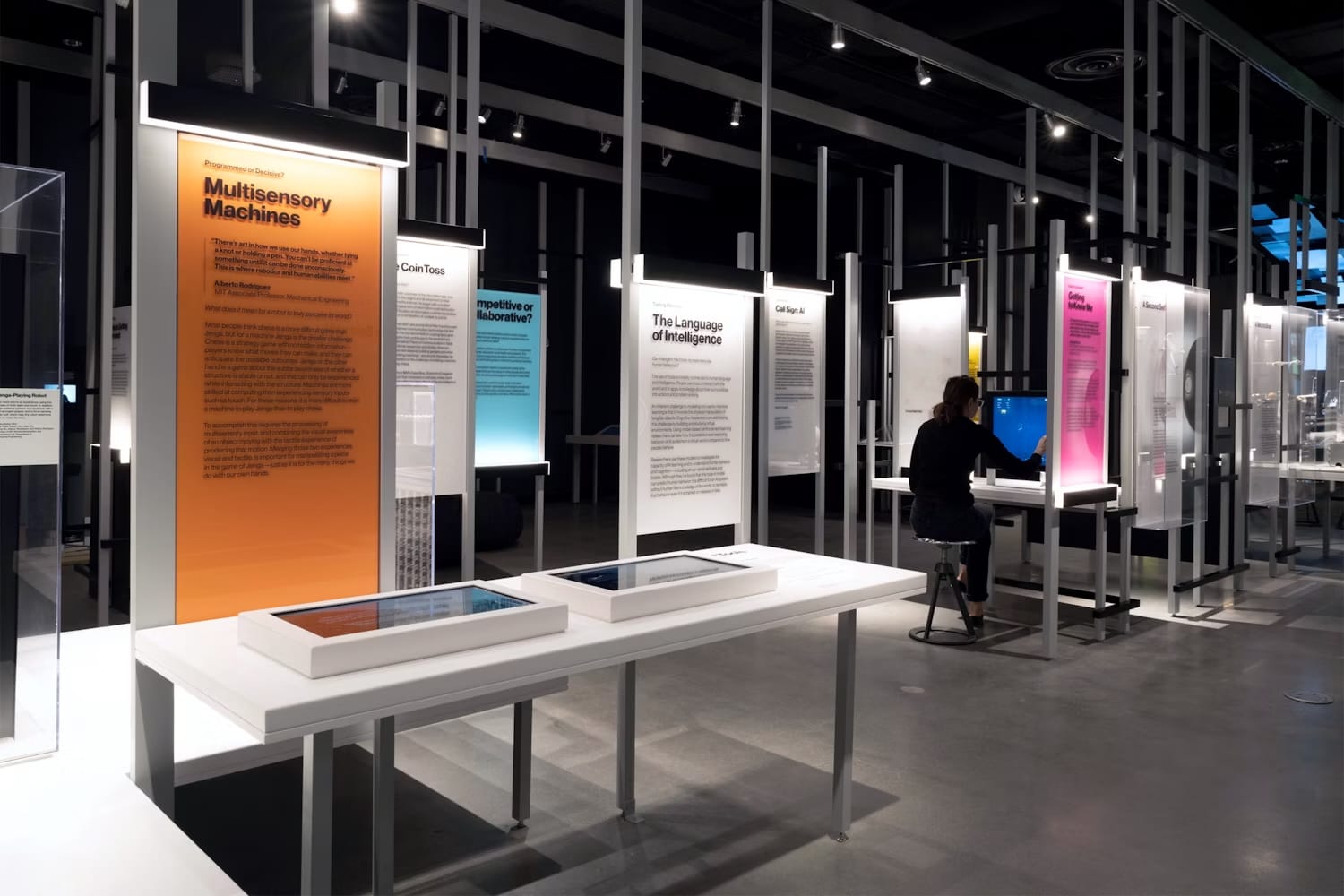
Interpretive Design
Pentagram’s typographic visual design adapts to the tone of each gallery, with letterforms shifting from clean, focused shapes in AI: Mind the Gap to more expressive forms in Gene Cultures. This approach is supported by a graphic system that includes over 600 component labels and more than 30 custom infographics, enabling hands-on exploration and clear interpretation. The exhibition underscores three key ideas: Machine versus Human Epistemology, highlighting that AI’s capabilities stem from human-built models rather than autonomous consciousness; Ethics by Design, demonstrating how human–technology relationships demand intentional, moderated choices instead of unchecked automation; and Transparency as Access, showing how de-obscuring network architectures can translate abstract systems into legible, experiential forms.
Takeaways
The exhibition offers a strategic lens on AI: not showy spectacle, but a structured space to reflect on how technology shapes culture, design, ethics, creativity—and where it still falls short. In a public sphere saturated with hype and fear, AI: Mind the Gap stakes a grounded position: compelling users to confront both AI’s capabilities and its limitations—and to design, interpret, and innovate responsibly.
AI: Mind the Gap is currently open to visitors at the MIT Museum in Cambridge, MA.


